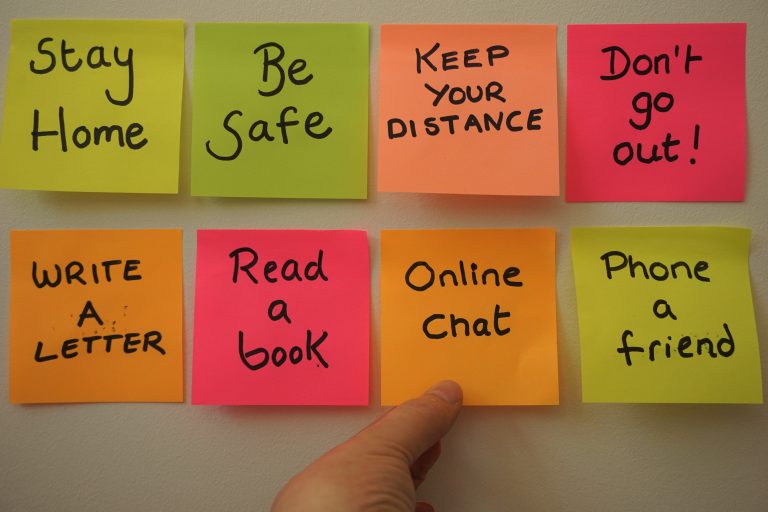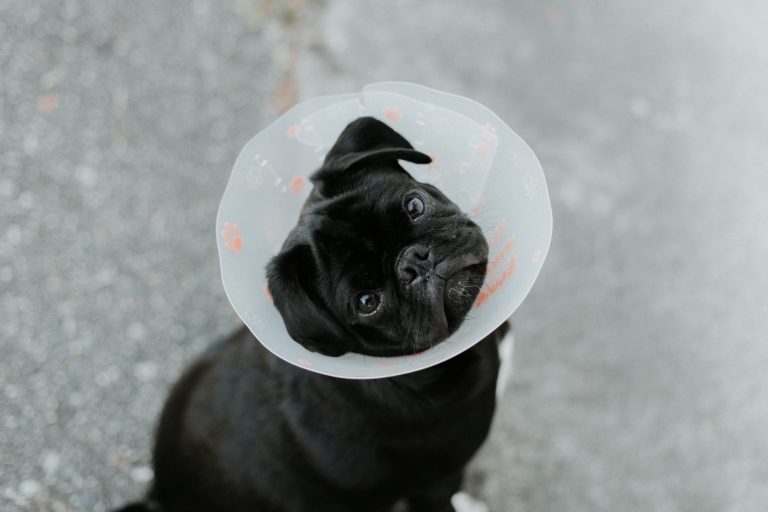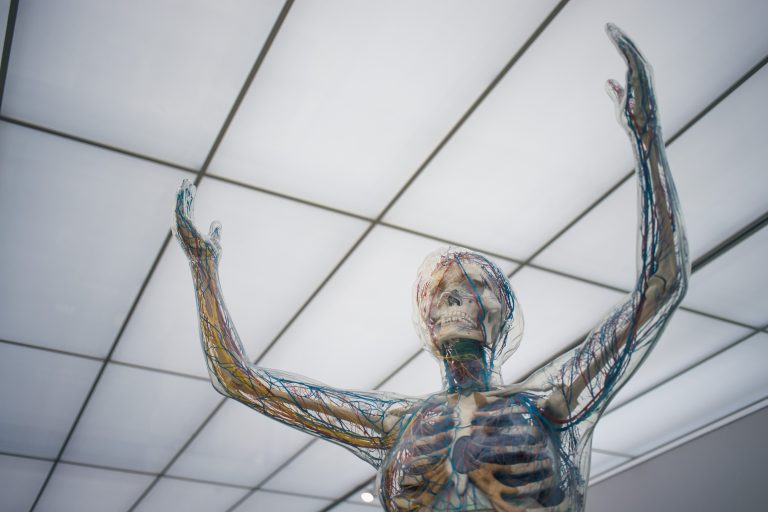Michelle Scott, TRC Edinburgh and London, writes of the stress symptoms brought on by social distancing and the benefits of sharing a hug. Touch can reduce anxiety symptoms. What healthy ways we can use self-soothe?
We’ve have been isolated from everyone but our immediate households for so many months. The freedom to share a cuddle, a hug, a caress, a squeeze, a squish, a handhold and even a pinkie promise sounds like heaven now.
For most humans, touch is an important part of our emotional and physical development and continued well being. Most of all it helps us manage stress and anxiety symptoms.
The physical to emotional connection
Research shows that children who have not had enough caring physical attention are at higher risk of behavioural, emotional and social issues as they grow up.
Harry Harlow, a psychologist in the 1950’s, once put orphaned baby Rhesus monkeys in pens with a choice. They could choose between “dummy mothers”, a plain wire figure with a source of food, or a cloth-covered one without food. The monkeys spent most of their time cuddling the soft cloth figure without the food. He then observed some monkeys with only wire mothers and some with the option for the cloth mothers. Those without the cloth mothers available to them reacted more strongly to fear and displayed stress symptoms for longer.
In Romanian orphanages in the 1980s children were discovered who had been deprived of all but the most necessary of touch. Follow up studies showed that they had very different hormonal responses. The children had higher levels of stress hormones.
What’s more, they showed lower levels of the hormones oxytocin and vasopressin, linked to emotional and social bonding. These deficiencies were prevalent years after abandonment. Without the early experience of touch, changes were made to their ability to self soothe and to feel safe.
The benefits of touch
As adults, the lack of touch can have similar effects. Caring touch stimulates the vagus nerve which in turn sends signals from our brain to our body telling our heart rate and blood pressure to lower. This calms the activity of the stress symptoms and cortisol, a stress hormone.
 Image @nickpage
Image @nickpageCaring touch also causes us to produce oxytocin. Our earliest experiences of this will usually be as a baby being held and fed by our caregivers.
Oxytocin’s effect is to make us feel safe, bonded, empathetic and loving.
Individuals who have a well-developed oxytocin system will interact with others in a secure and trustful way. Their ability to handle stressful situations will be optimized. Without the benefits of touch, we struggle more with our fear and stress, whilst feeling less connected to others. This increases our vulnerability to anxiety and depression. We may also find ourselves becoming more paranoid and fearful of the outside world and other people.
We don’t have a baseline of oxytocin in our systems. It needs to be stimulated regularly for us to feel a reduction in these stress symptoms.
We may find ourselves overdoing food, smoking or alcohol. These substances temporarily boost oxytocin and other feel-good hormones. They also stimulate the oral sensor, which does the same.
Craving connection
Aside from the science, for most of us, it feels right to put a reassuring arm around a crying friend. The same for squeezing the hand of a nervous child to let them know you are there. It makes sense that we may be craving close connection and comfort. Being deprived of it for so long can feel unbearable.
A baby who is not comforted may stop crying out for help. A child may silently withdraw, hold itself and rock.
I hope that we have not been living in such deprivation – but it may well feel that way emotionally. Even if we have been sharing our home with family or friends.
It is tough then that although the guidelines have relaxed we still have to maintain a safe distance from those with whom we can now meet. As longed for as in-person contact has been we now have to deal with the stress of not being able to be as close as our body and heart may wish we could.
What can we do to reduce stress?
Rather than get lost in what we cannot have, let’s can turn to what we can do to reduce these stress symptoms. We can help ourselves if we recognise that we are feeling the lack of touch and that it is natural to need this in our life. We can resist an urge to withdraw into ourselves missing out on the loving connection we could have.
We can make the socially distanced time we do spend with others meaningful. Reconnect with eye contact, open body postures and active listening. Reminisce about fun times you have spent together and make plans for the future to promote social engagement systems. Remember these when you are on your own and you will feel that system reignite.
Think about activities which help to show ourself and others kindness. These will boost a sense of loving connection as well as all those great hormones. Loving Kindness meditations, yoga, dancing and a hot bath are good examples of stress-reducing self-care.
Make yourself a really nice meal and enjoy it mindfully.
Making sure we have a good sleep routine helps us produce oxytocin. Try to cut out screen time and dim the lights half an hour before bed. This will help melatonin for restful sleep.
Try self-massage. This gives a good dose of calming and loving feelings through the vagus nerve and oxytocin stimulation. Take a look at Caroline Tosack’s recent post.
Get warm to feel comforted, wrap up in a blanket for a self hug. Or tap on acupressure points or hum along to a favourite tune. These vibrations stimulate the vagus nerve. Have a look at Lucinda Gordon Lennox’s recent post on stimulating the Vagus nerve.

Author: Michelle Scott
Psychotherapist & Eating Disorder Specialist MSc BSc RMHN (Reg MBACP) London & Edinburgh




